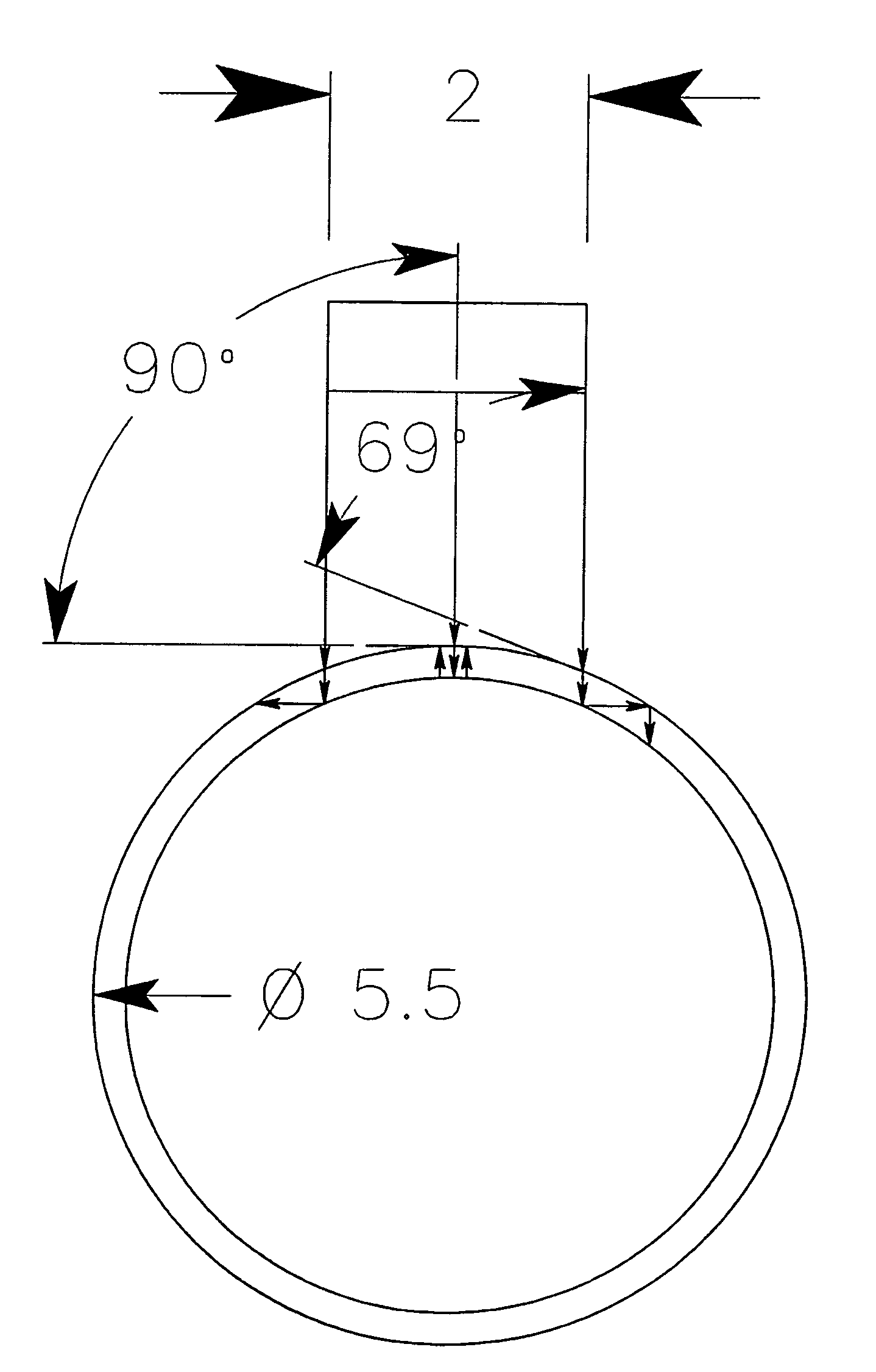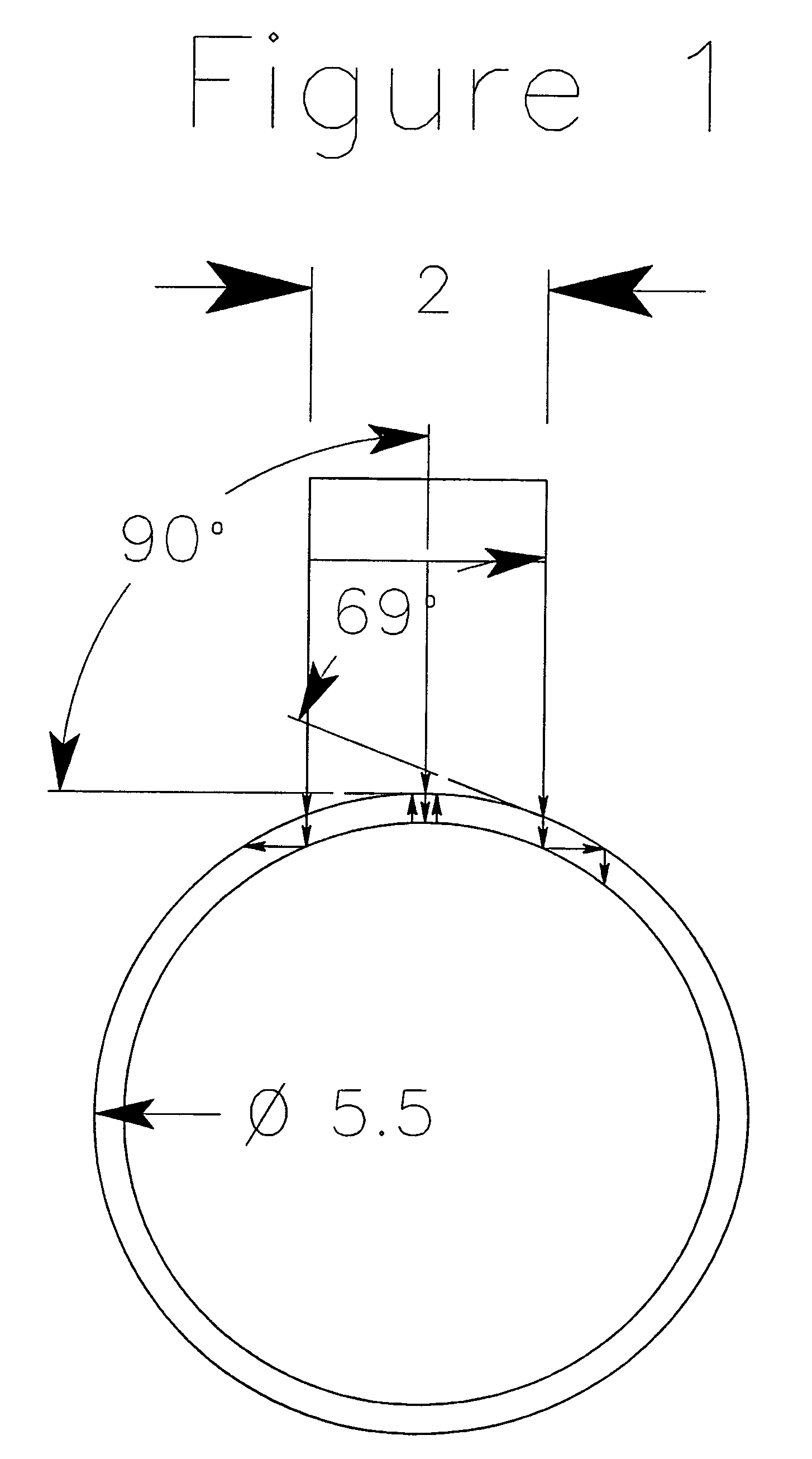Ultrasonic tubulars inspection device and method
a technology of ultrasonic tubulars and inspection devices, which is applied in the direction of measurement devices, instruments, specific gravity measurements, etc., can solve the problems of all three methods being restricted, and achieve the effect of reducing the number of channels needed, ensuring the effective beam properties, and ensuring the inspection surface area
- Summary
- Abstract
- Description
- Claims
- Application Information
AI Technical Summary
Benefits of technology
Problems solved by technology
Method used
Image
Examples
Embodiment Construction
[0073]As used herein, the term “a” or “an” may mean one or more. As used herein in the claim(s), when used in conjunction with the word “comprising”, the words “a” or “an” may mean one or more than one. As used herein, “another” may mean at least a second or more.
[0074]As used herein, the term “surface speed” means the actual speed of the tubular surface as it passes the face of an ultrasonic transducer. Expressed in inches per second (ips).
[0075]As used herein, the term “pulse repetition rate” means the number of times per second an ultrasonic transducer is electronically pulsed, resulting in a sound wave of definable parameters expressed in kilohertz (e.g. 2400 pulses per second=2.4 kilohertz).
[0076]As used herein, the term “pulse gap” means the distance between successive “pulses” of a transducer on the surface of the tubular being inspected. Calculated by dividing the surface speed in inches per second by the pulse repetition expressed in thousands (e.g. 2.4 Khz=2400).
[0077]As u...
PUM
| Property | Measurement | Unit |
|---|---|---|
| length | aaaaa | aaaaa |
| length | aaaaa | aaaaa |
| length | aaaaa | aaaaa |
Abstract
Description
Claims
Application Information
 Login to View More
Login to View More - R&D
- Intellectual Property
- Life Sciences
- Materials
- Tech Scout
- Unparalleled Data Quality
- Higher Quality Content
- 60% Fewer Hallucinations
Browse by: Latest US Patents, China's latest patents, Technical Efficacy Thesaurus, Application Domain, Technology Topic, Popular Technical Reports.
© 2025 PatSnap. All rights reserved.Legal|Privacy policy|Modern Slavery Act Transparency Statement|Sitemap|About US| Contact US: help@patsnap.com



